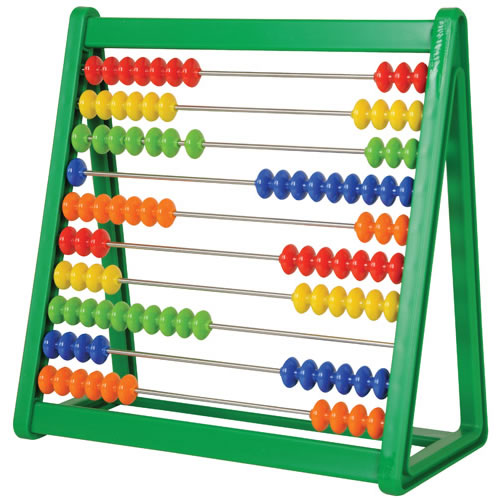


The sexagesimal values in the table below may be interpreted as giving the number of minutes and seconds in a given fraction of an hour for instance, 1/9 of an hour is 6 minutes and 40 seconds. The table below shows the sexagesimal representation of all fractions of this type in which the denominator is less than 60. In the sexagesimal system, any fraction in which the denominator is a regular number (having only 2, 3, and 5 in its prime factorization) may be expressed exactly. Initially, the Babylonians believed that there were 360 days in a year, and this formed the basis of their numerical system. Our entire system of geometry, astronomy, and dividing the day into seconds, minutes, and hours comes from this historical period. The use of a sexagesimal system was due to the Babylonians’ desire to develop accurate calendars both to track the change of seasons and to predict the best times for sowing. The Babylonians also developed a circular character for zero. 12 inches, 12 months, 2 x 12 hours, 12 pence, etc). It has been speculated that Babylonian advances in mathematics were facilitated by the fact that 60 has many dividers and the continuous modern use of 60 seconds in a minute, 60 minutes in an hour, and 360 (60 x 6) degrees in a circle, are evidence of the ancient Babylonian system. It is for similar reasons that 12 has historically been a popular multiple (e.g. Some of them were discovered (the biggest in Nineveh) and thanks to them we can learn a lot about Mesopotamian daily life- Mesopotamia (cuneus is the Latin for wedge)- Mesopotamia Clay tablets were stored in libraries. This system of writing is called cuneiform script. Mesopotamia The characters were made by pressing a reed stylus with triangular shape onto a wet clay tablet. The first pictographic writing appeared around 3,500 BC. The number 60 was represented by the same symbol as the number 1 and, due to the lack of a comma, the actual positional value of a symbol often had to be inferred from the context.

Furthermore, two distinct symbols were used to represent the numbers 1 – 59, a unit symbol (1) and a ten symbol (10) which were combined in a similar way to the familiar system of Roman numerals (e.g. The Babylonian numbers, unlike those of the Egyptians, Greeks, and Romans, in the left column the figures represented the largest values, as in the modern decimal system, but with base 60 and not 10. Sumerian and Babylonian mathematics was based on a sexagesimal number system, or base 60.

Image source: by matsuyuki The numeric system Used in ancient Egypt, India, Greece, Rome, Europe, the Abacus is one of the oldest examples of technology in the classroom. To ensure that the numbers could be written with the same stylus used for the words of the text, these objects were replaced by cuneiform equivalents. Probably in Sumeria as early as 2700 – 2300 BCE, a rudimentary model of the abacus was in use. Starting from the 4th Millennium BCE, they began to use clay shapes of various sizes to represent different numerical values. To make it easier to describe large numbers, the Sumerians were among the first to assign symbols to groups of objects. Furthermore, the Sumerians and Babylonians needed to describe rather large to chart the course of the night sky and develop the lunar calendar. Sumerian mathematics developed probably as early as the 6th Millenium BC, as a response to bureaucratic needs for land measurement, taxation of individuals, etc. Babylonian Mathematics develops from the times of the early Sumerians to the fall of Babylon in 539 BC in Mesopotamia, and is especially known for the development of the Babylonian Numeral System A Babylonian mathematical tablet preserved at Yale, circa 1800-1600 B.C.E


 0 kommentar(er)
0 kommentar(er)
